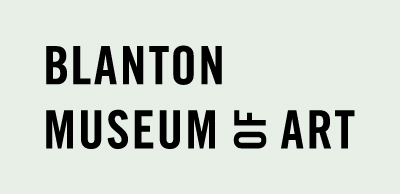Luxuria [Lust], from The Seven Vices, after Pieter Bruegel, the elder
Primary
Pieter van der Heyden
(active Antwerp, Belgium circa 1530–Berchem, Belgium, after 1572)
NationalityFlemish, Europe
Date1558
MediumEngraving
DimensionsSheet: 8 7/8 × 11 11/16 in. (22.6 × 29.7 cm)
Additional Dimension: 8 13/16 × 11 5/8 in. (22.4 × 29.5 cm)
Additional Dimension: 8 13/16 × 11 5/8 in. (22.4 × 29.5 cm)
Credit LineBlanton Museum of Art, The University of Texas at Austin, Archer M. Huntington Museum Fund, 1988.20
Rights Statement
Collection AreaPrints and Drawings
Object number1988.20
On View
Not on viewComing from a climate of moralizing literature, witch-hunts, and religious wars, this print effectively articulates the tremendous ambivalence toward sex in the early modern period. In the series The Seven Deadly Vices, each sin is personified by a female figure that conforms to traditional iconography. Here, the allegorical figure of Lust is caressed by her bestial lover. Surrounding this easily recognizable figure is a landscape that Brueghel filled with fantastic characters, inspired by the art of Hieronymus Bosch, who are living manifestations of the sin. No social class is exempt from criticism among this cast of sinners. The naked figure riding a skeleton monster at the left wears a modified bishop’s mitre. The procession is led by a figure playing the bagpipe, a well known erotic symbol in the sixteenth century. In the center foreground of the print, a monster cracks an egg, thought to be an aphrodisiac, over his head. At the left, a creature castrates himself while two dogs mate, unaware of the demon preparing to attack them from behind.
Brueghel’s composition evidences the revival of interest in art by Hieronymus Bosch about a half-century after Bosch’s death. This revival owes much to the efforts of Hieronymus Cock, a publisher in Antwerp. Brueghel designed and Pieter van der Heyden engraved the series The Seven Deadly Vices for Cock in 1557.
Exhibitions
Johannes van Doetecum
circa 1555-1557
Pieter van der Borcht I
circa 1558-1619
Pieter van der Borcht I
circa 1558-1619












